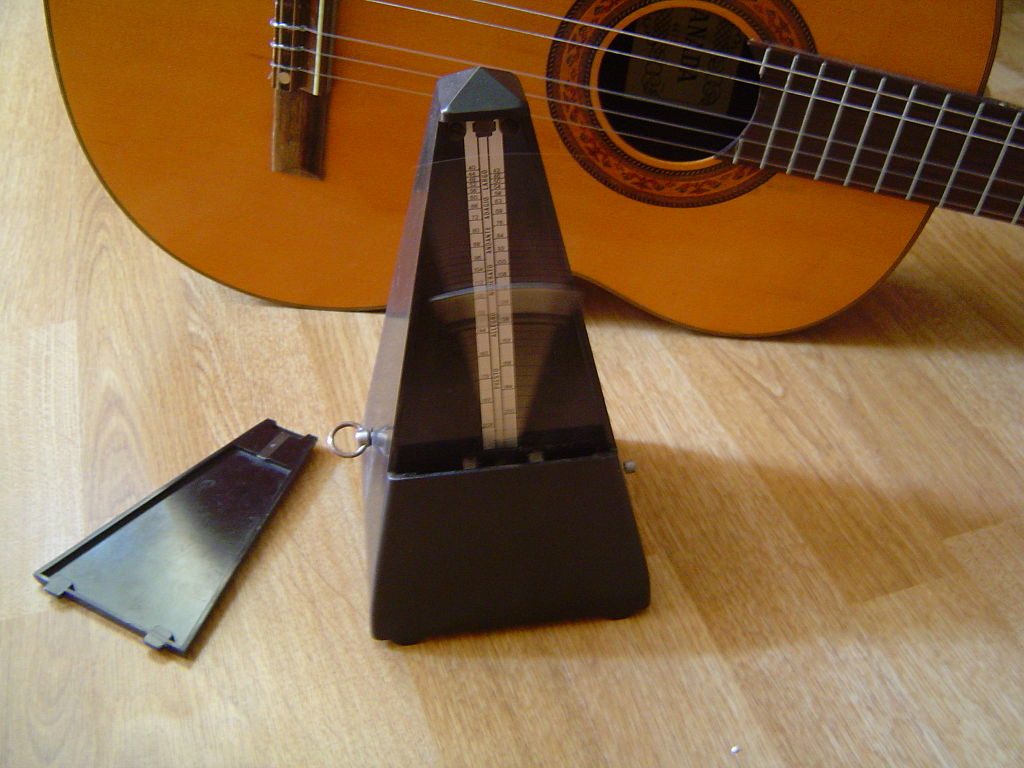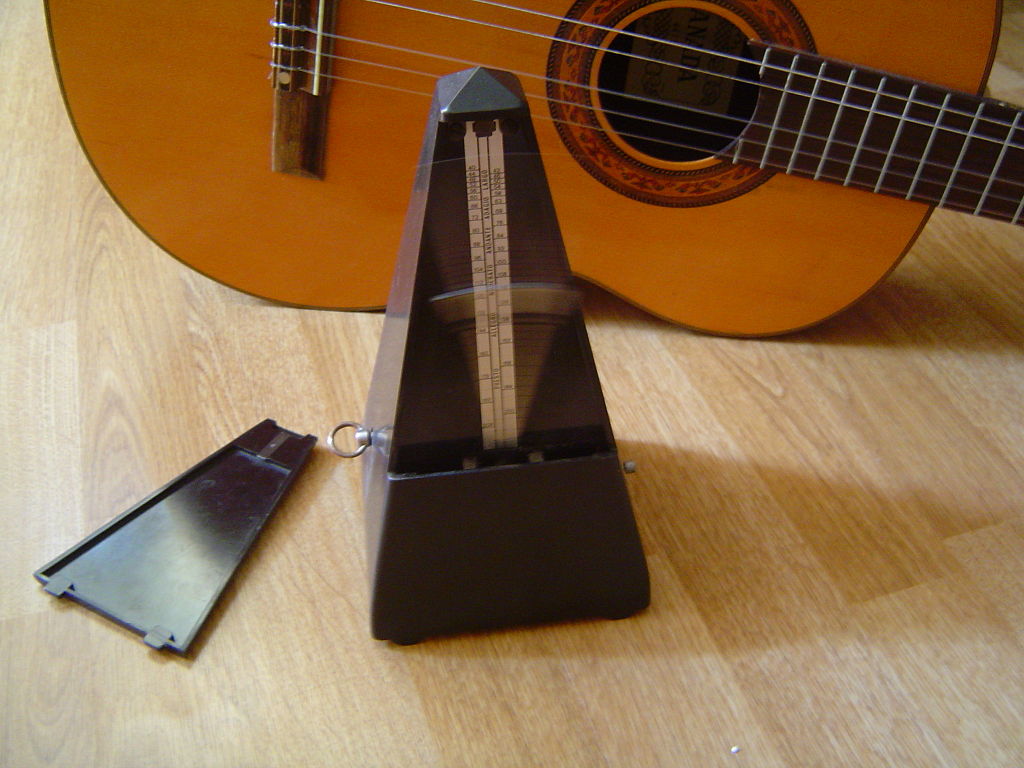
When practicing music, your metronome should be your best friend. However, a lot of students feel weighed down by the incessant clicking noises. Students may feel like using a metronome stifles their creativity. There are a lot of good reasons to be pulling out your metronome and using it.
Keep a Steady Tempo
The most obvious reason to use a metronome is that it provides a steady tempo. When young students practice a new piece of music, they will practice different sections at different tempos. The easiest sections will be played at a faster tempo than the harder sections. Part of mastering a piece of music is being able to play it at the correct tempo, which is where the metronome comes in. A steady tempo keeps the easy sections from being too rushed and allows for the more difficult sections to be played up to speed when ready.
Creativity
The only way a metronome could stifle creativity is if you only practice with a metronome. Turn it off when you are working on a ritardando, accelerando, or you need to take time. It is also important to turn the metronome off when you are thinking. Music isn’t all about repetitions, but it is also about using your mind and creating insightful and beautiful interpretations. As you advance in your instrument, you will learn when to not use the metronome. Try to make turning off your metronome the exception, not the rule.
How to Use Use Your Metronome:
Don’t Play From the Beginning to the End
There is always a time to play from beginning to end with a metronome. Turning on your metronome should not be an excuse to play the piece from the beginning. Instead, work on the music with the metronome the same way you would without it. Take small sections at a time.
Don’t Hit a Speed Wall
It makes sense to want to start at a slow tempo and gradually raise the tempo until you are playing full speed. However, you may reach a speed wall. That is when you can’t seem to pass a certain speed and still play accurately. This occurs when you practiced with a motion that is impossible to do at a fast tempo. At slow tempos, you can play in any way you want. When playing the piano you could lift your hands off the keys for every note. However, you don’t have that much freedom for faster pieces. Practicing movements at a slow tempo that you can’t do at a faster tempo engrains these movements into your muscle memory. Practice technically difficult sections at a fast tempo without the metronome. It is a lot more important to practice with the metronome accurately that practice with the metronome at performance tempo.
Sight Reading with a Metronome
One of the most important uses of the metronome is for sight reading. When playing in groups, you develop the skills to follow a score while keeping up with the group. You may not be able to sight read every note and rhythm perfectly, but you can keep your eyes moving and stay with the group in time. This is an important skill that can be developed when practicing alone with a metronome. Regardless of who you are with, every good musician needs to know how to keep up with the music, even if they can’t play every note correctly. When the metronome comes on, the goal is to keep up with it. No matter how bad you’re playing, you have to keep up. This is one of many ways to practice sight reading. You can practice at a slow tempo or at performance tempo. A slow tempo will help you to recognize notes and patterns better, but a fast tempo will help you learn to keep up with the music regardless of how well you’re playing.
Master your metronome with us! At Performing Arts we have an unconditional commitment to developing the talents, gifts, and abilities to everyone that participates. Contact Performing Arts to learn more about lessons!


